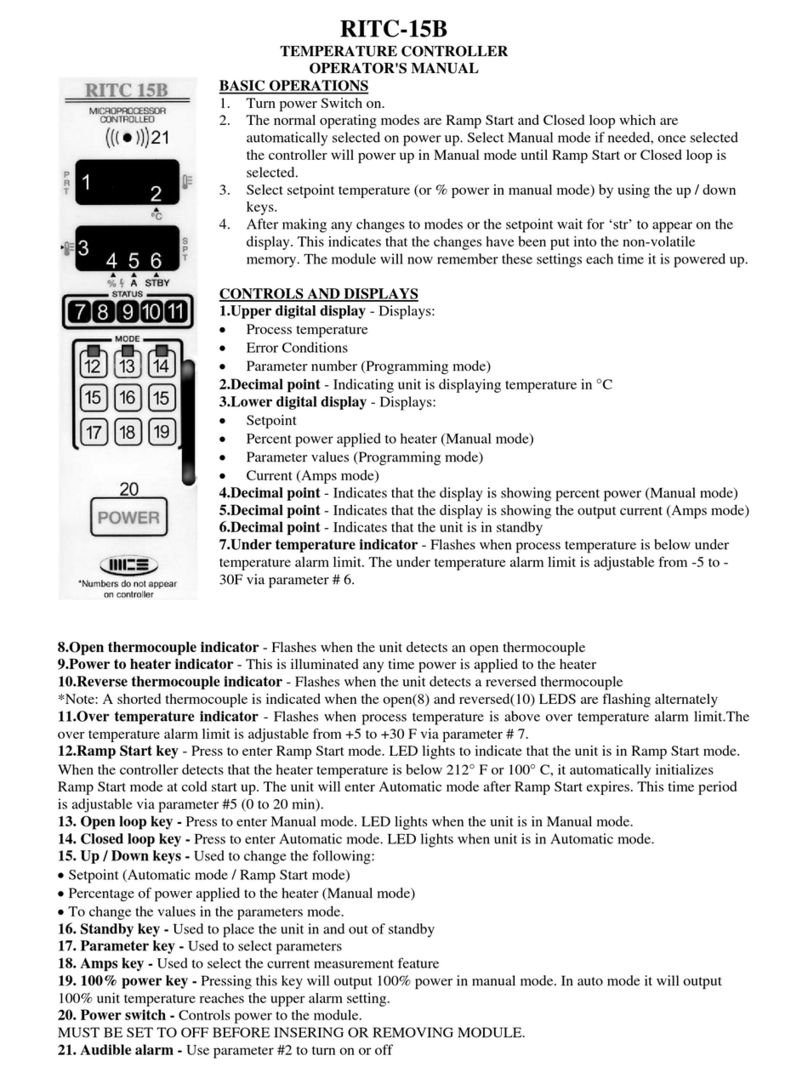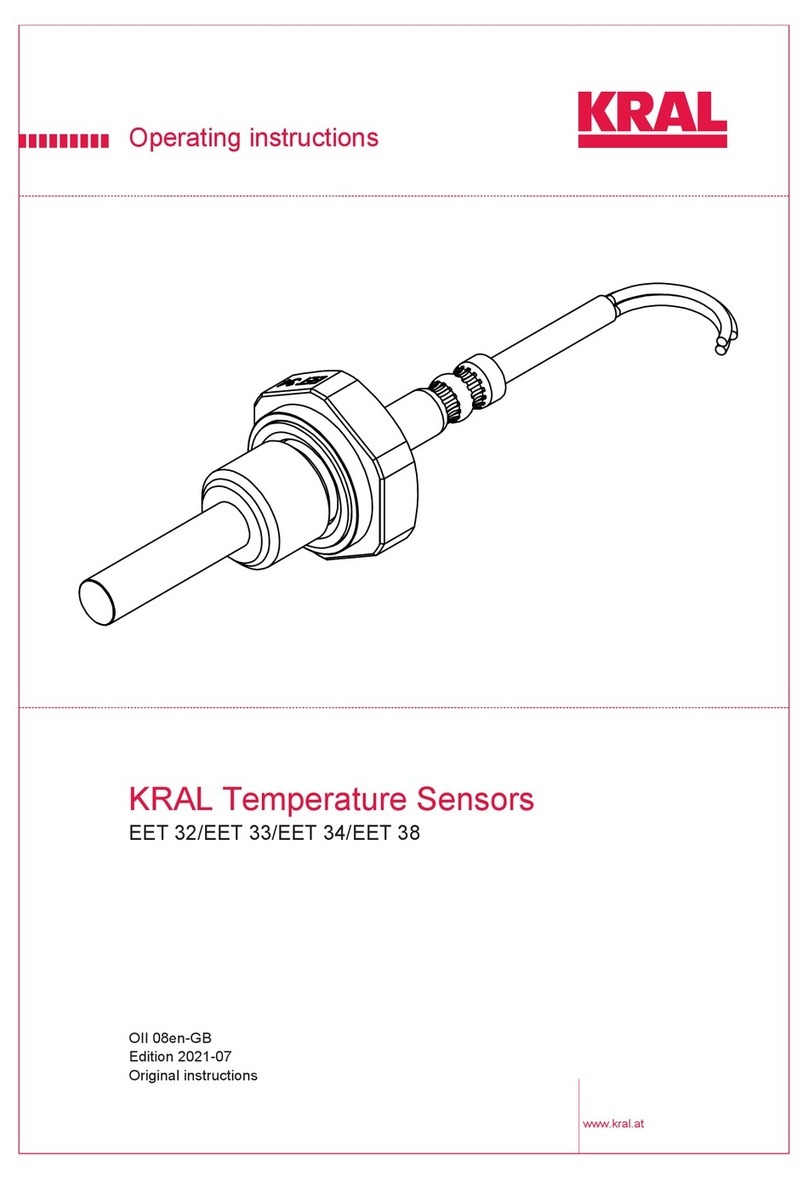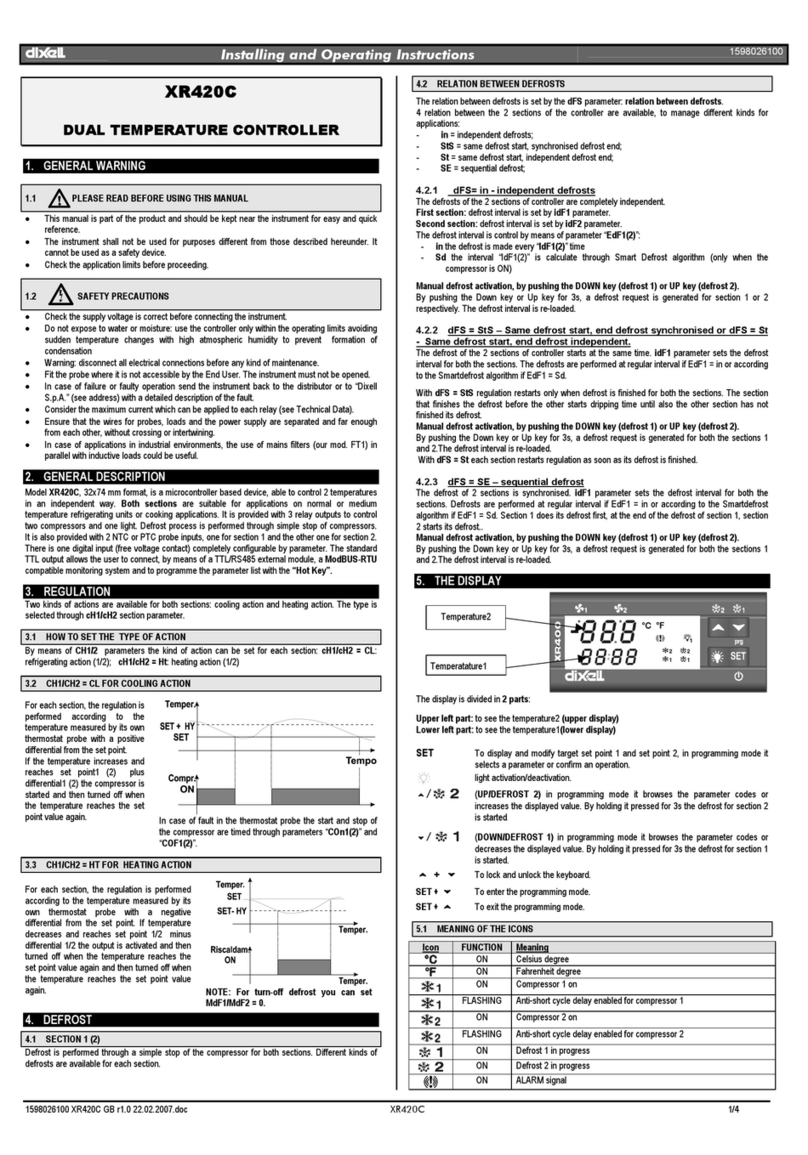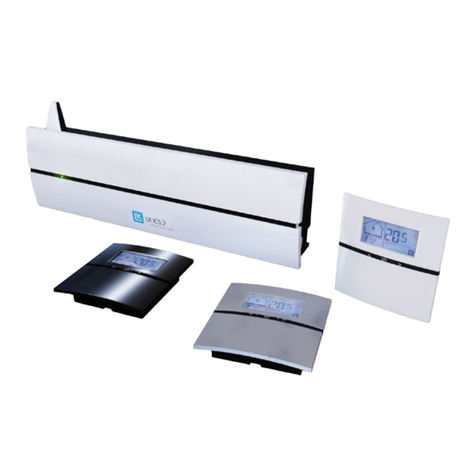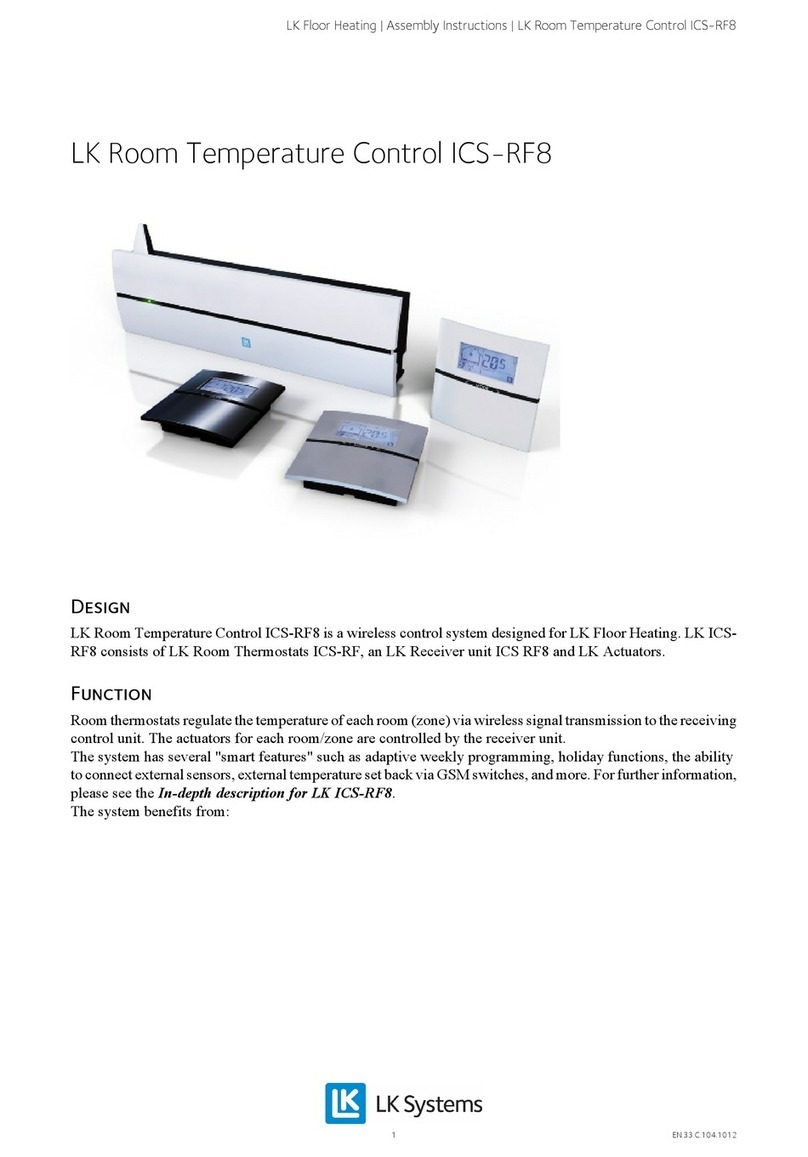
1 (25)
Function
The room thermostat controls the temperature
in each room (zone) via wireless or wired signal
transmission to the receiver. The actuators for
each room/zone are operated via the receiver.
Self-modulation technique
In order for your underoor heating to be con-
trolled as energy efciently as possible, LK ICS.2
works with a self-modulation technique. The self-
modulation technique means that the ow in the
oor heating circuits is continuously optimised
based on the needs of the room and thereby pro-
vides better comfort and a more energy efcient
and environmentally smarter underoor heat-
ing system compared to systems with traditional
ON/OFF technology.
The features the system offers include the fol-
lowing:
• Self-modulation technique
• Access from internet via the LK Webserver
accessory*
• Room thermostat in high gloss white, high
gloss black or silver grey
• Adaptive week program
• Holiday function
• Logging/analysis function*
• Wired or wireless communication between
room thermostat and receiver*
• Valve exercising function
• Pump logics*
• Control of heat source*
• Fireplace function
• By-pass function
• Temperature range limits
* Applies to LK Receiver 8 ICS.2
Design
LK Room Temperature Control ICS.2 is a con-
trol system designed for LK Underoor Heat-
ing. The system is suitable for small, medium or
large building installations. LK ICS.2 has been
designed to provide high levels of comfort and
energy efcient heating systems thanks to its ad-
vanced self-modulation technique.
The system consists of LK Receiver ICS.2,
LK Room Thermostat ICS.2 and LKActuators 24 V.
Communications between the room thermostat
and the receiver can either be wireless or wired.
The receiver is available in versions for 1-channel
and 8-channels. The receiver with 1 channel can
communicatewith1roomthermostat.Thereceiver
with 8 channels can communicate with 1 to 8 room
thermostats.The receiverwith8channelscancom-
bine both wireless and wired communications.
If the system consists of more than one receiver,
the units can communicate wirelessly with each
other in order for common functions to work.
This includes controlling the circulation pump,
heat source, the ability to connect the system (LK
Webserver) to the Internet.
LK ICS.2 includes a variety of smart features such
as adaptive week programming, holiday func-
tions, re place function, the capability to connect
to an remote sensor. By using the LK Webserver
accessory, you can control your heating system
via the Internet from a mobile phone, tablet or
computer. LK ICS.2 can communicate via Mod-
bus protocol RS-485/RTU for connecting to the
property controller.
LK Room Temperature Control ICS.2
Assembly instructions | LK Room Temperature Control ICS.2
EN.33.C.152.1911



